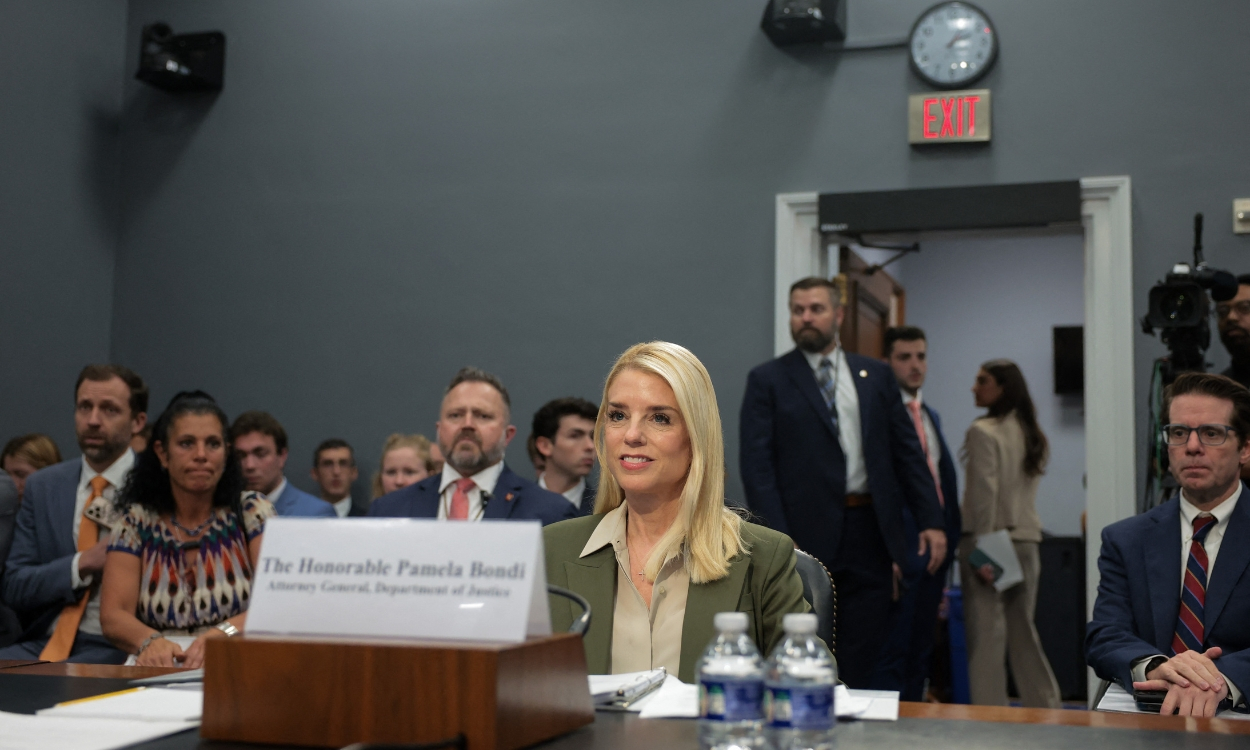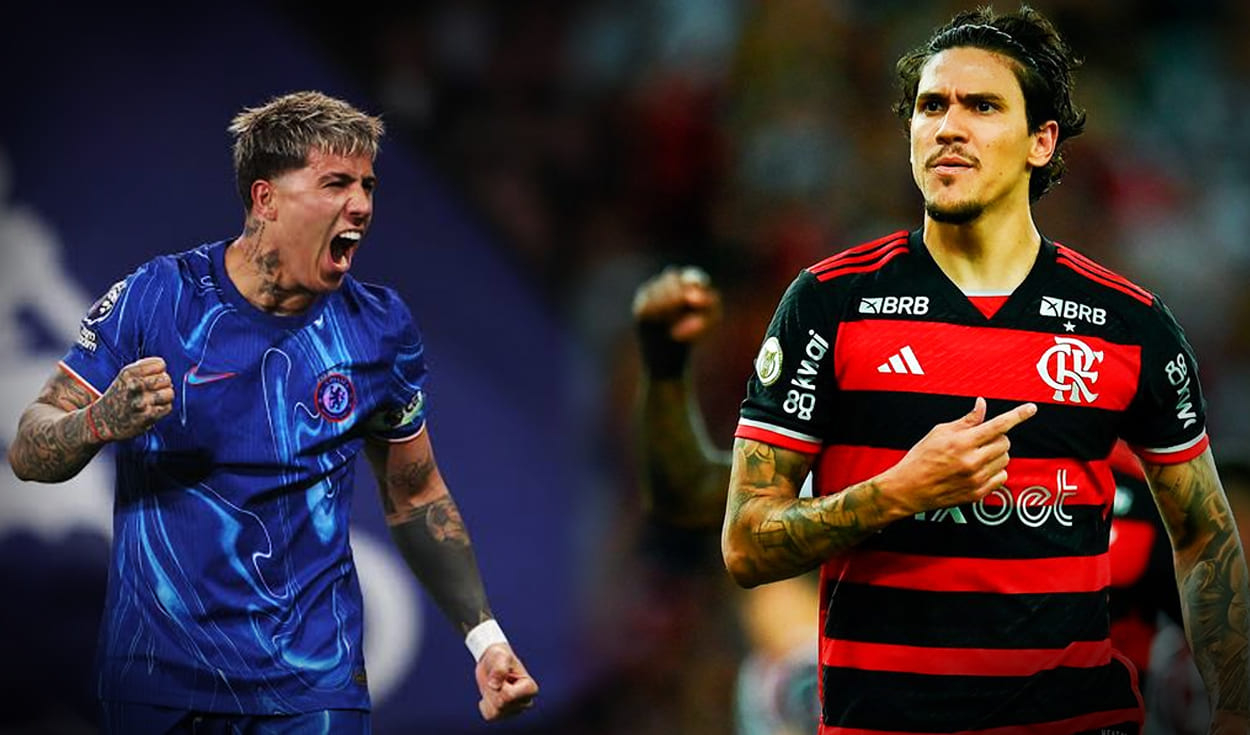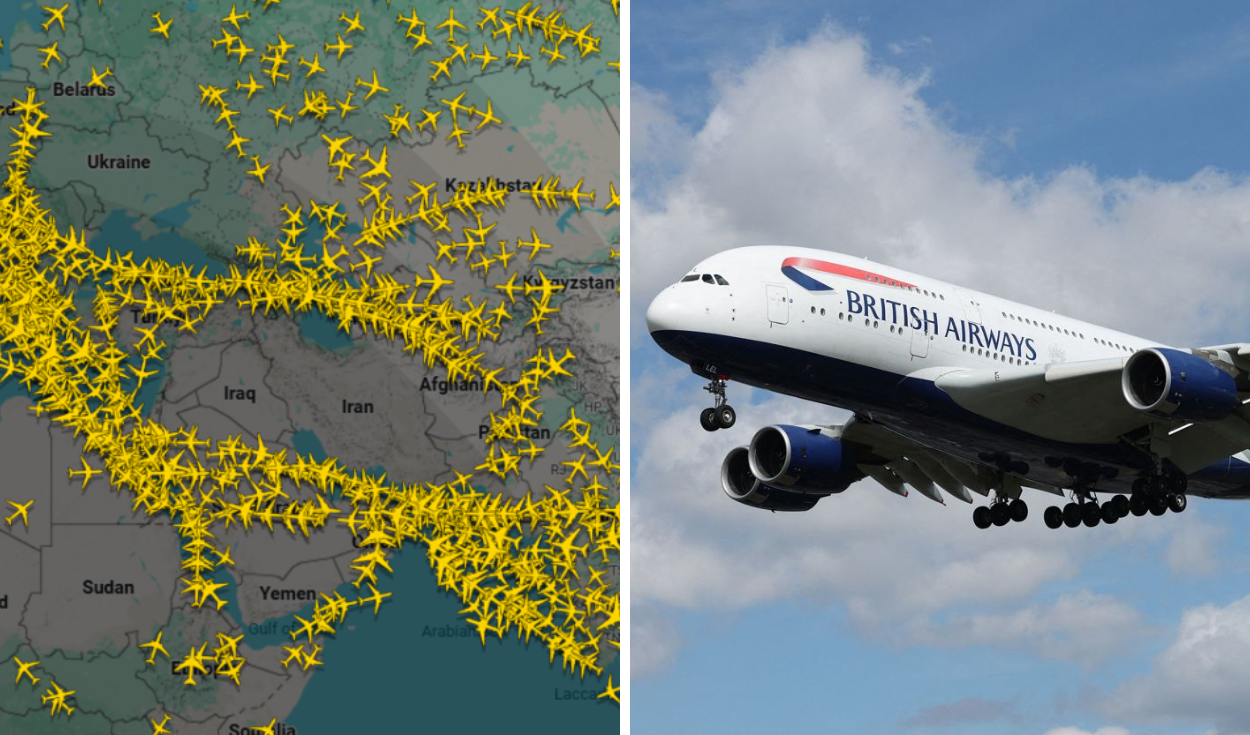Trump budget proposes drastic cuts for US Scientific research
Trump’s latest budget proposal slashes billions from America’s top science agencies — sparking outrage among researchers who warn the cuts could cripple innovation, halt clean energy progress, and threaten public health.

President Donald Trump's proposed 2026 federal budget introduces significant reductions in non-defense discretionary spending, with a pronounced impact on scientific research and public health sectors. The Environmental Protection Agency (EPA) faces a 55% budget cut, threatening its scientific research arm and programs like Energy Star and environmental restoration efforts. Similarly, the National Institutes of Health (NIH) would see a $5.8 billion reduction, potentially compromising biomedical research and global health initiatives.
The Department of Energy's Office of Energy Efficiency and Renewable Energy is slated for a 69% funding decrease, jeopardizing advancements in clean energy technologies. The proposed elimination of the Advanced Research Projects Agency-Energy (ARPA-E) further underscores the administration's shift away from renewable energy research. Critics argue that such measures could stall progress in developing sustainable energy solutions and hinder efforts to combat climate change.
Trump budget cuts target NASA, NSF, and NIH, sparking fears for U.S. science and education
NASA's science directorate would experience significant reductions, including the termination of key Earth Science Mission programs that contribute to climate monitoring and environmental research. The National Science Foundation (NSF) is also targeted, with a proposed 55% budget cut, affecting various research initiatives and educational programs. These reductions raise concerns about the future of scientific exploration and education in the United States.
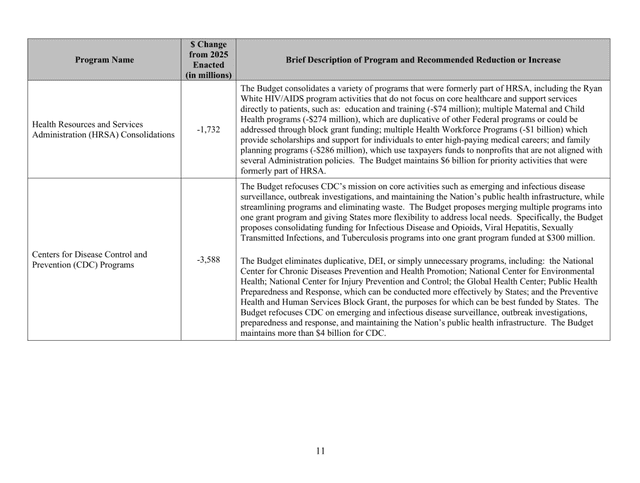
Trump’s budget plan slashes $18B from NIH and $5B from NSF, raising alarms in the U.S. scientific community. Photo: X
The administration's budget proposal includes a controversial cap on indirect costs for NIH grants, limiting reimbursements for essential operational expenses at research institutions.
This move could lead to significant financial shortfalls for universities, potentially resulting in reduced research activities and job losses. Legal challenges have been mounted against this policy, with a federal judge issuing a temporary restraining order to halt its implementation.

ALSO SEE: Trump announces plan to rename Veterans Day and V-E Day to celebrate U.S. military victories
Trump budget sparks fears of brain drain and setbacks in U.S. Science, health, and Innovation
The scientific community has expressed alarm over the proposed budget cuts, warning of potential setbacks in medical research, environmental protection, and technological innovation. There is concern that reduced funding could lead to a "brain drain," with researchers seeking opportunities abroad. Additionally, the cuts may hinder the development of new treatments and technologies, affecting public health and the economy.
As the budget proposal moves to Congress for consideration, debates are expected over its implications for the nation's scientific and technological capabilities.
Lawmakers will need to weigh the potential long-term consequences of reduced investment in research and development against fiscal objectives. The outcome will significantly influence the direction of U.S. science policy and its global standing in innovation.
Trump's 2026 Budget cuts agencies, boosts Homeland Security under DOGE Plan
The White House's preliminary budget proposal for fiscal year 2026 aims to drastically cut discretionary spending in five cabinet departments by over 25%, while significantly increasing the Department of Homeland Security’s budget by nearly 65%. Although such proposals are rarely enacted in full, they reflect the administration’s priorities and vision, particularly influenced by Elon Musk’s Department of Government Efficiency (DOGE), which has been aggressively pushing for reductions in federal functions and agencies.
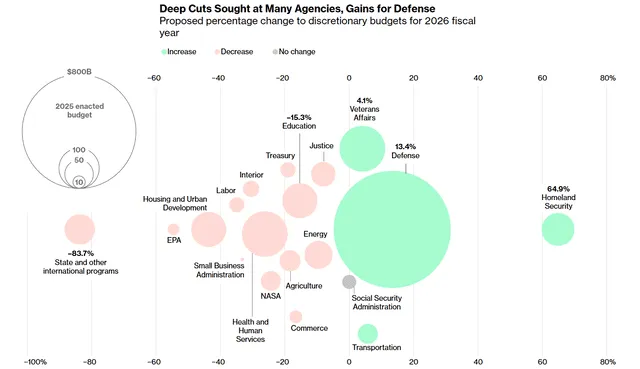
Chart shows proposed 2026 discretionary budget shifts: deep cuts for agencies like State and EPA, while Defense and Homeland Security see major funding boosts. Photo: The White House
Despite Congress controlling the budget, DOGE has rapidly advanced changes across federal departments, at times bypassing traditional checks and balances. Some of its actions have been blocked by courts, but others have prevailed, allowing DOGE to sidestep congressional authority in limited cases. The proposed "skinny budget" offers insight into potential structural changes in the federal government during the remainder of Trump’s presidency.

ALSO SEE: Tourist gets bitten by crocodile at Philippines wetlands park after mistaking it for a statue
Trump Plans deep cuts to Key agencies, boosts Defense and Homeland Security
The plan represents a sharper pivot than Trump's first budget in 2017, with much deeper proposed cuts. Backed by advisors like OMB’s Russell Vought, Trump has had time during his years out of office to shape a blueprint for reshaping government to reflect his agenda. His longstanding criticism of the federal bureaucracy, which he often labels the “deep state,” is now driving efforts to downsize departments perceived as oppositional.
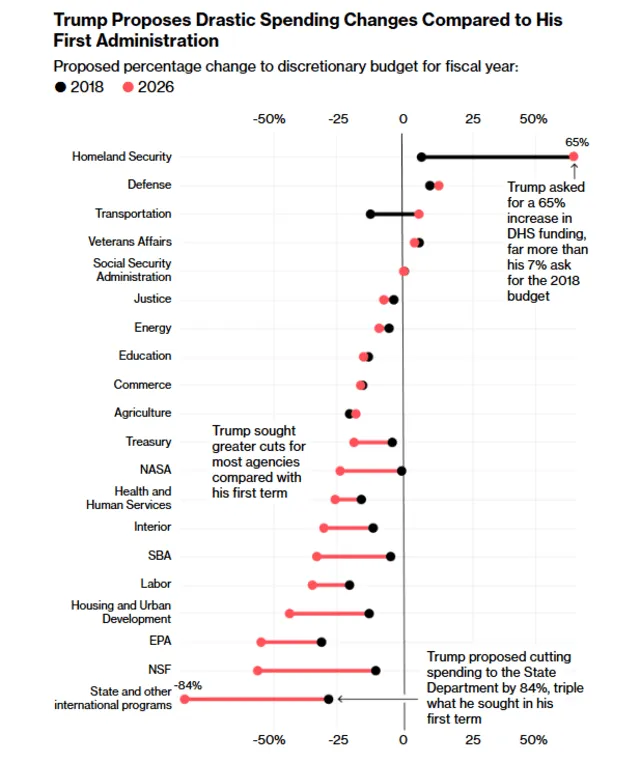
Proposed discretionary budget shifts from 2018 to 2026 reveal Trump’s push for deeper cuts and expanded defense spending in his second term. Photo: The White House
Some of the steepest proposed cuts include an 84% reduction to the State Department, far surpassing the 29% cut proposed in 2017. Similar drastic reductions are planned for the Departments of Housing and Urban Development, the EPA, and the National Science Foundation. In stark contrast, Trump’s budget recommends major increases for the Departments of Defense and Homeland Security, which together would consume about two-thirds of all discretionary spending if the plan is approved.


